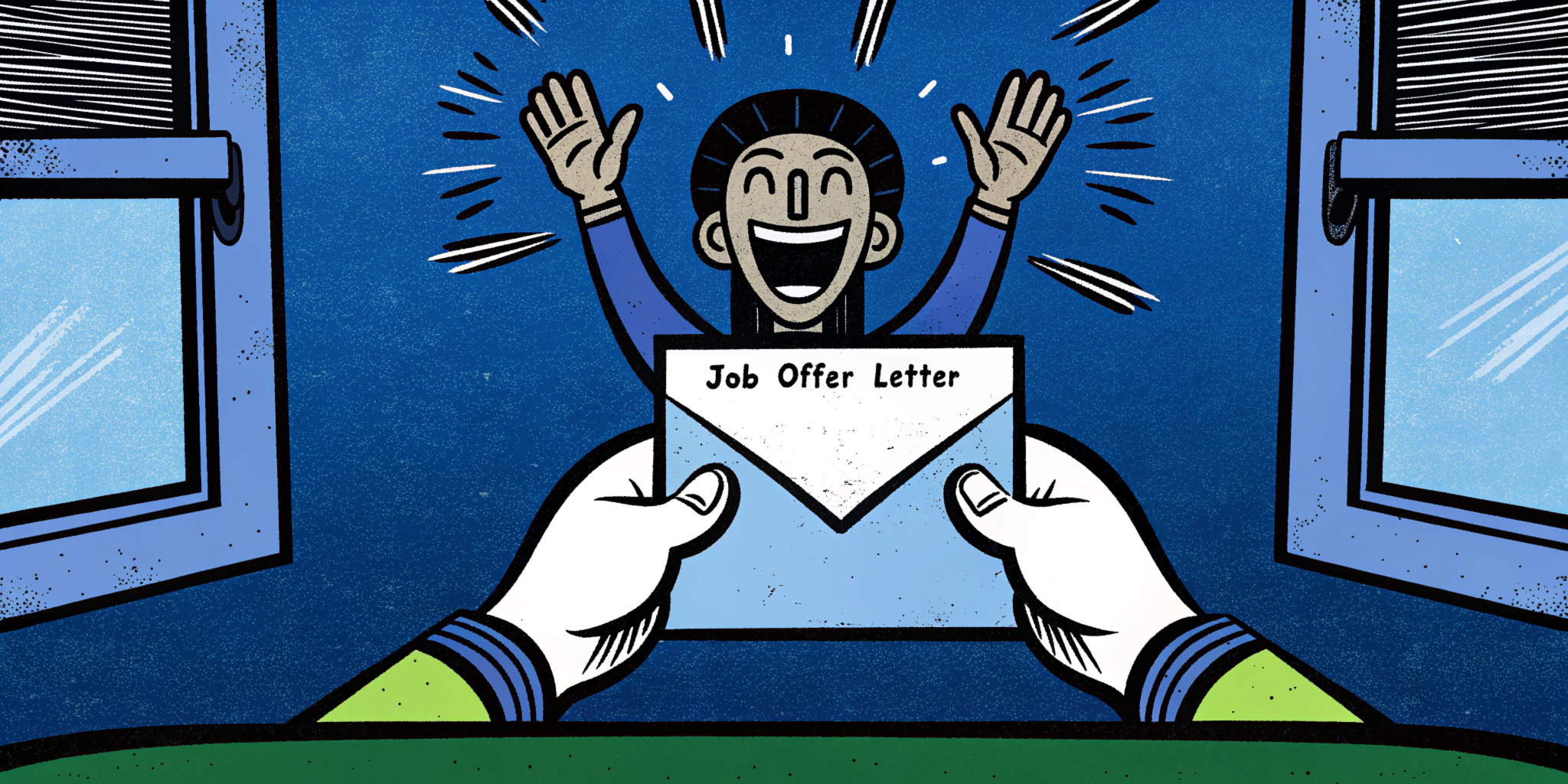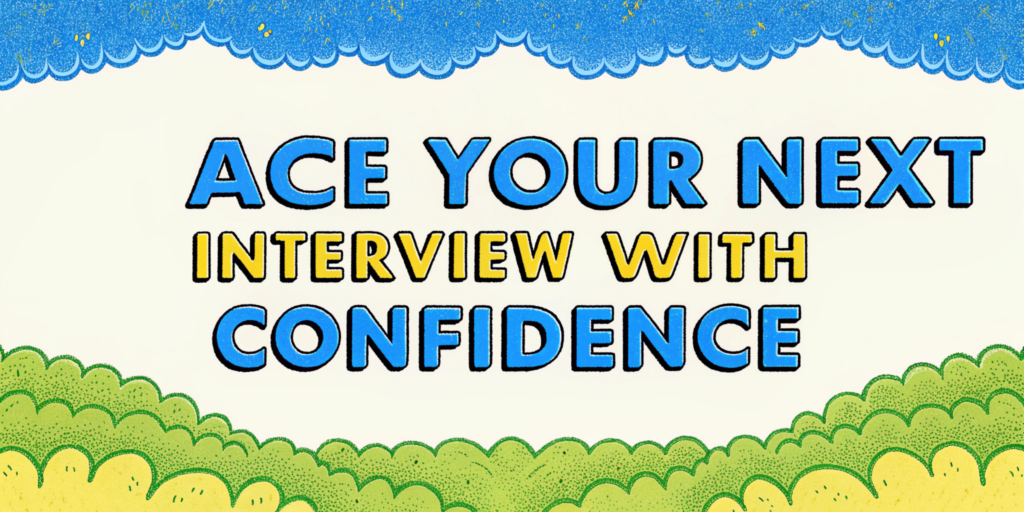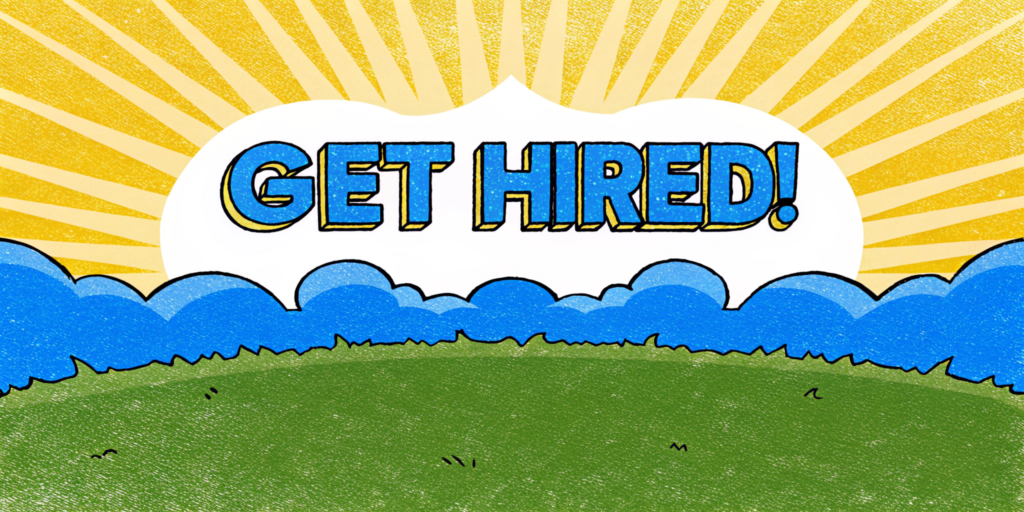How I Prepared for PM Interviews at Google, Microsoft, and Amazon
Table of Contents
- Introduction
- What You’ll Learn in This Guide
- Why Most PM Interview Prep Fails
- My 2-Week Preparation Timeline
- Phase 1: Company Research (Days 1-2)
- Phase 2: Personal Story & Motivation (Days 2-3)
- Phase 3: Behavioral Questions (Days 3-4)
- Phase 4: Product Design Questions (Days 5-11)
- Phase 5: Strategy & Analysis (Days 12-14)
- Go Beyond the Problem the Company Is Trying to Solve
- Additional Insights from Built In
- Common Mistakes I Made (So You Don’t Have To)
- Final Tips That Worked For Me
- Let’s Connect!

Introduction
Hey there! 👋 I’m Diego, a Product Manager who has successfully landed offers from tech giants like Google, Microsoft, and Amazon. After helping many aspiring PMs prepare for their interviews, I’ve decided to share my complete interview preparation strategy. Trust me, this isn’t your typical “just be yourself” advice – I’m going to break down exactly how I spent each day of my two-week preparation period.
What You’ll Learn in This Guide
- My exact 2-week preparation timeline
- Real interview questions I faced (and how I answered them)
- Frameworks that actually work in practice
- Common mistakes to avoid (learned the hard way!)
- Practical examples and case studies
Why Most PM Interview Prep Fails
Let me be honest – my first PM interview was a disaster. I walked in thinking my experience would speak for itself, and boy, was I wrong! Here’s what I learned: PM interviews are like a puzzle with multiple pieces:
- Company knowledge
- Personal story
- Problem-solving skills
- Product thinking
- Leadership experience

You need ALL these pieces to fit together perfectly. That’s why I created this systematic approach.
My 2-Week Preparation Timeline
Here’s exactly how I split my time:
| Phase | Time % | Days (in 2 weeks) | What I Actually Did |
|---|---|---|---|
| Company Research | 10% | 1-2 days | Deep dive into products & news |
| Personal Story | 10-15% | 1-2 days | Crafting & practicing stories |
| Behavioral Questions | 10-15% | 1-2 days | STAR method stories |
| Product Design | 50% | 5-7 days | Practice cases |
| Strategy & Analysis | 20% | 2-3 days | Framework practice |
Phase 1: Company Research (Days 1-2)
Where I Actually Look (Not Just Generic Advice)
- Company Website
- I spend 80% of my time on their mission/vision
- Latest product launches
- Tech blog posts
- Real Product Experience
- For B2C: I download and use EVERYTHING
- For B2B: I watch all demo videos
- Pro tip: Take screenshots and notes!

Real Example: My Microsoft Research
When I prepared for Microsoft, here’s what I did:
1. Downloaded Xbox app, Teams, Office suite
2. Watched HoloLens demos
3. Read Satya Nadella's latest keynote
4. Analyzed their "Cloud First, Mobile First" strategyPhase 2: Personal Story & Motivation (Days 2-3)
During my preparation, I found it incredibly helpful to use Interview Ninja AI. It acted as my interview copilot, assisting me in crafting my personal stories by training a personalized model based on my resume and career journey. This ensured that my answers were authentic and truly reflected my experiences.
Real Questions I Got Asked:
- “Why do you want to join Google?”
- “Walk me through your resume”
- “Why product management?”
My Actual Answer Structure:
1. Hook: "I've been building products since college..."
2. Journey: Key career transitions
3. Connection: Link to company's mission
4. Future: Why this role nowPhase 3: Behavioral Questions (Days 3-4)
For behavioral questions, I relied on Interview Ninja AI to simulate mock interviews. Its Industry Brain feature was particularly useful in aligning my responses with the latest industry trends and expectations. This tool was fully undetectable during my online interviews, allowing me to focus on situational and behavior questions without distraction.
Real Questions from My Interviews:
- From Google: “Tell me about a time you had to make a decision with incomplete data”
- From Amazon: “Tell me about a time you had to convince a senior stakeholder”
- From Microsoft: “Describe a project that failed”
Case Study: My Amazon Leadership Principles Story
Here’s how I structured my “customer obsession” story:
Situation: Leading a messaging feature at Discord
Task: Users complained about message delays
Action:
- Analyzed data personally
- Met with 5 power users
- Prioritized backend improvements
Result: 40% reduction in message delivery timePhase 4: Product Design Questions (Days 5-11)
Real Interview Question: “How would you improve Spotify?”
Here’s my actual framework:
- Clarification Questions I Asked:
- “Are we focusing on any specific user segment?”
- “Are we optimizing for growth or retention?”
- “Any specific metrics we care about?”
- My Structure:
Goal: Increase weekly active users Users: Focus on casual listeners Problems: - Discovery is overwhelming - Playlist management is complex - Social sharing feels unnatural
Solutions:
- AI-powered “Daily Mix” improvements
- One-tap playlist organization
- Stories-like music sharing
Another Real Example: “Design a coffee ordering app”
This was my actual answer in a Google interview:
1. Users & Use Cases:
- Busy professionals (morning rush)
- Students (irregular hours)
- Remote workers (throughout day)
2. Key Features:
- Location-based store finder
- Order ahead functionality
- Customization memory
- Payment integration
3. Success Metrics:
- Daily active users
- Order completion rate
- Time from open app to order
- Return customer ratePhase 5: Strategy & Analysis (Days 12-14)
Real Question: “Why did Amazon buy Whole Foods?”
My framework:
1. Market Analysis:
- Growing grocery market
- High-margin business
- Affluent customer base
2. Strategic Fit:
- Physical retail presence
- Fresh food expertise
- Prime membership expansion
3. Future Opportunities:
- Data collection
- Last-mile delivery
- Private label expansionGo Beyond the Problem the Company Is Trying to Solve
I’m sure you’ve heard that you should research the companies where you’re interviewing, though I encourage you to go one step forward. Answer these questions:
- Who is the product’s customer?
- Why would they use the product?
- Why wouldn’t they use a competitor’s product?
- How does the customer measure success?
- How does the product team measure success?
Spend some time really thinking through these questions and write down the answers. It’s okay if your assumptions are wrong. This is all about getting in the mindset of the product’s PM before you start the interview.
Additional Insights from Built In
1. Study Your Frameworks
Great product managers differentiate themselves by knowing how to approach a problem, foster creative solutions, and pick the best path forward. Choose frameworks that resonate with you and practice applying them.
2. Research the Four Mindsets of Product Management
Understand the “Explorer,” “Analyst,” “Challenger,” and “Evangelist” mindsets and find examples in your work experience that demonstrate these skills.
3. Become a Product-Management Nerd
Engage with books, articles, podcasts, and classes about product management. This builds your foundational knowledge and confidence.
4. Ask Your Network for Help
Reach out to PMs in your network for advice and insights into their interview processes.
6. Know Your Values and Be Willing to Walk Away
Ensure that the product and company align with your values to avoid burnout and dissatisfaction.
Common Mistakes I Made (So You Don’t Have To)
- Over-preparing memorized answers
- Instead: Focus on frameworks
- Using popular products as examples
- Instead: Choose niche products
- Not practicing out loud
- Instead: Record yourself!
Final Tips That Worked For Me
- Practice Schedule
- Morning: Framework review
- Commute: Story practice
- Evening: Mock interviews
- Interview Day Routine
- Review company news
- Practice one case
- Arrive 30 mins early
Throughout all my online interviews, I used Interview Ninja AI to maintain minimal eye movement, thanks to its InvisibleEyetrack™ feature. This helped me keep confident eye contact with interviewers, which is crucial for interview success.
Let’s Connect!
I’m always happy to help fellow PM candidates! If you have questions about specific companies or want to practice mock interviews, feel free to reach out.


